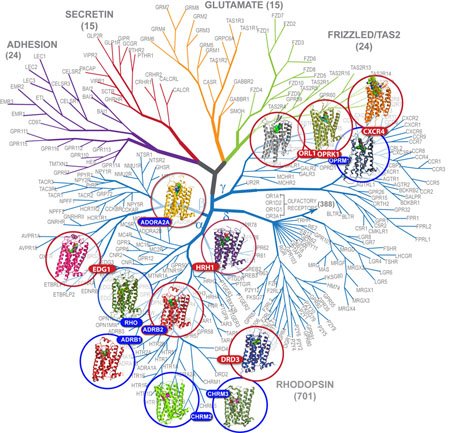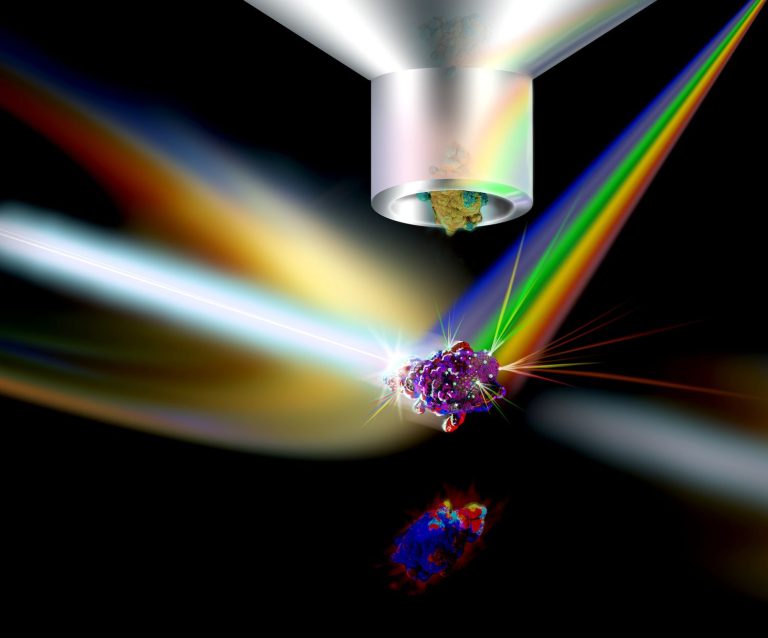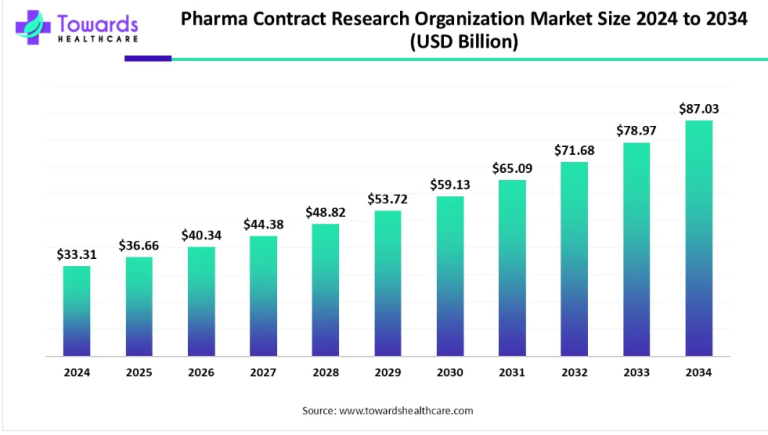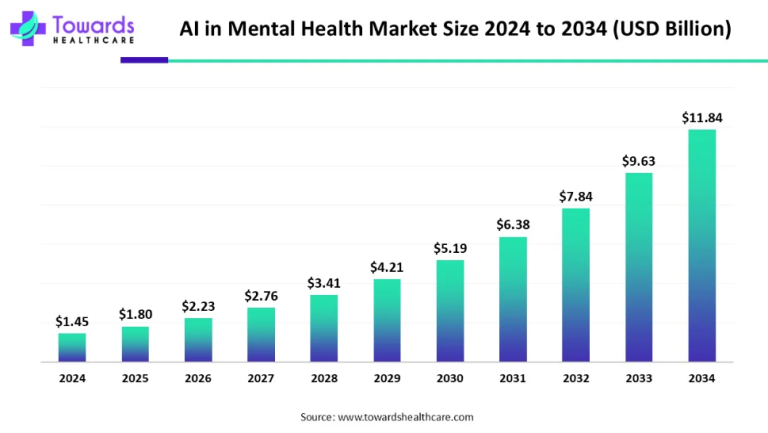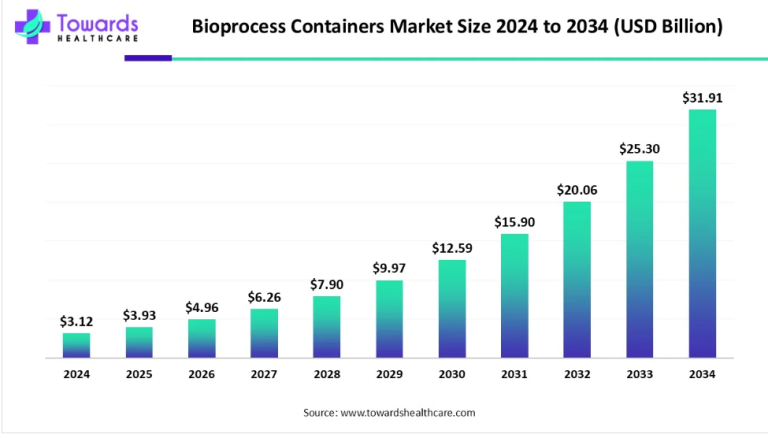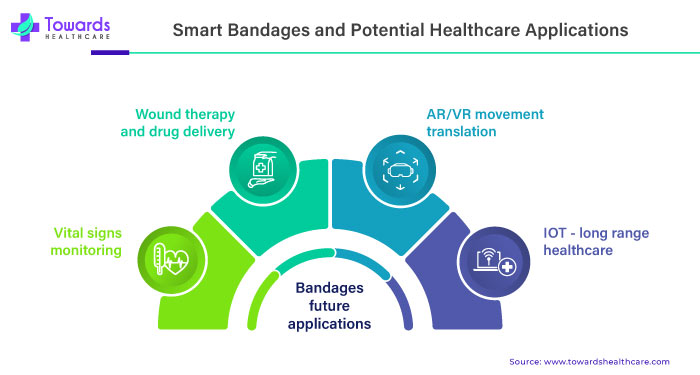
Smart bandages, also known as “modern dressings”, are transforming the landscape of wound care with their ability to facilitate rapid healing and enhanced patient comfort. As the prevalence of chronic wounds, particularly in diabetic patients, continues to rise, the demand for these innovative medical solutions is experiencing exponential growth.
Rapid Healing Capabilities Addressing Diabetic Foot Ulcers Diabetes poses a significant challenge to the natural wound healing process, increasing the risk of chronic wounds such as diabetic foot ulcers (DFUs). With the global prevalence of diabetes projected to reach 10.2% by 2030, and considering that individuals with diabetes have a 25% chance of developing DFUs, the need for effective wound care solutions is paramount.
Smart bandages create an optimal environment for healing complex wounds, reducing the risk of infection and accelerating the healing process. Unlike traditional treatments that often require surgical intervention, these advanced dressings offer a non-surgical approach, which is more comfortable for patients and contributes to shorter hospital stays.
Innovative Product Developments Driving Market Growth The smart bandages market is witnessing significant growth driven by extensive research and development efforts and innovative product developments. Market players are leveraging advanced technologies to introduce novel solutions tailored to different wound types and healing processes.
Examples of recent advancements include:
- A wirelessly powered anti-infective and drug-free smart bandage developed by the University of Glasgow, utilizing UVC radiation for disinfection.
- Smart bandages with disposable patches containing drug-related hydrogels, electrodes, and biosensors, developed by U.S. scientists.
- Caltech’s Black Scatter smart bandage, a wireless, stretchable bioelectronic device for monitoring and treating chronic infectious wounds.
- The National Institute of Health’s study on mice demonstrating faster healing with smart bandages, which combine sensing and stimulation for accelerated healing and monitoring.
- Nature Biotechnology’s closed-loop, wireless smart bandage integrated with sensors and stimulators for advanced wound care and monitoring, invented by Geoffrey Gurtner, MD, FACS.
- The development of Exciflex smart bandage technology by VA Researchers, particularly beneficial for veterans with spinal cord injuries.
Potential Healthcare Applications Smart bandages offer a wide range of potential applications for better patient health assessment and enhanced medical staff assistance in the future. By integrating sensors and advanced technology into bandages, healthcare providers can monitor wound healing progress, detect infection, and provide timely interventions.
The acceptance of these wearables in the healthcare system relies on regulatory clearance and end-user adoption. Collaborations between industry partners and multidisciplinary researchers are crucial for addressing regulatory challenges and ensuring the seamless integration of smart bandages into clinical practice.
Download a short version of this report @ https://www.towardshealthcare.com/personalized-scope/5075
Government Regulations and Policies Shaping the Smart Bandages Market
The smart bandages market operates within a framework of government regulations and policies, largely due to their classification as medical devices for therapeutic use. These regulations ensure the safety, efficacy, and quality of smart bandages, varying across countries and regions.
In the United States, the Food and Drug Administration (FDA) oversees the regulation of smart bandages. Depending on their risk level, smart bandages undergo either premarket approval or 510(k) clearance procedures. The FDA categorizes medical devices into Class I, II, and III based on their risk, with corresponding regulatory requirements.
Similarly, in the European Union, smart bandages must adhere to the Medical Device Regulation (MDR) and obtain a CE mark before they can be marketed and sold. The CE marking certifies compliance with EU health, safety, and environmental standards.
Additionally, international standards such as ISO 13485, outlining quality management systems for medical devices, may apply to smart bandages. Manufacturers often need to conduct clinical trials to demonstrate safety and efficacy, submitting findings to regulatory authorities for assessment.
Navigating this regulatory landscape requires close cooperation between smart bandage manufacturers, regulatory authorities, and legal professionals.
The Impact of Chronic Wound Burden on Smart Bandages Market Growth
The rising incidence of chronic wounds, such as venous ulcers, pressure ulcers, and diabetic foot ulcers, drives the growth of the smart bandages market. In the United States alone, chronic wounds affect millions annually, costing billions of dollars. This burden is projected to increase as the population ages and chronic conditions like diabetes become more prevalent.
Smart bandages offer an effective solution by creating an optimal environment for wound healing. For instance, diabetic foot ulcers, affecting a significant percentage of diabetic patients, often lead to costly complications, including amputations.
Globally, the prevalence of diabetes is rising, further increasing the demand for smart bandages. As the world’s population ages and chronic diseases become more common, the incidence of chronic wounds is expected to climb.
Challenges Stemming from High Costs
Despite their benefits, the adoption of smart bandages is hindered by their high costs, especially in resource-limited settings. These bandages incorporate advanced technology, including sensors and microprocessors, making them more expensive than conventional alternatives.
In underdeveloped nations and areas with limited resources, healthcare institutions struggle to afford smart bandages and the necessary infrastructure for their use. Moreover, training medical staff to utilize this technology adds to the overall expenses.
To address this challenge, improvements in manufacturing methods and materials can lower production costs. Collaborations between public and private sectors, along with international aid, can make smart bandages more accessible in resource-limited areas.
Despite initial obstacles, ongoing efforts to reduce costs and improve accessibility will enhance the adoption of smart bandages, maximizing their benefits in wound care and management.
To own our research study instantly, Click here @ https://www.towardshealthcare.com/price/5075
Read More about Smart Bandages Market:
You can place an order or ask any questions, please feel free to contact us at sales@towardshealthcare.com
About Us
Towards Healthcare is a leading global provider of technological solutions, clinical research services, and advanced analytics to the healthcare sector, committed to forming creative connections that result in actionable insights and creative innovations. We are a global strategy consulting firm that assists business leaders in gaining a competitive edge and accelerating growth. We are a provider of technological solutions, clinical research services, and advanced analytics to the healthcare sector, committed to forming creative connections that result in actionable insights and creative innovations.
Explore the comprehensive statistics and insights on healthcare industry data and its associated segmentation: Get a Subscription
For Latest Update Follow Us: https://www.linkedin.com/company/towards-healthcare

